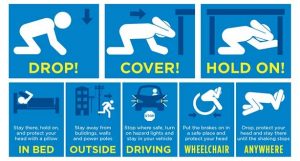The evolution of CPR as a practical life-saving technique can be very broadly broken up into three stages – each development bringing with it greater accessibility to the general public.
For most of the time since its inception, the administration of CPR was relegated to the experts: paramedics, first aid responders, and nurses. These individuals would perform the technique on those suffering from cardiac arrest, as bystanders would simply look on.
With the advent and proliferation of onsite CPR certification classes, however, that soon changed. CPR experts began instructing individuals in homes, offices, and public spaces, and soon more and more people became equipped to save a life. That said, there was always one stumbling block: the fact that CPR required mouth-to-mouth resuscitation, a technique many people found uncomfortable.
All of that changed in 2008, which heralded the third phase in the evolution of CPR, when the American Heart Association officially endorsed the hands-only chest compression method. By learning this technique, individuals can save a life without needed to perform mouth-to-mouth resuscitation.










